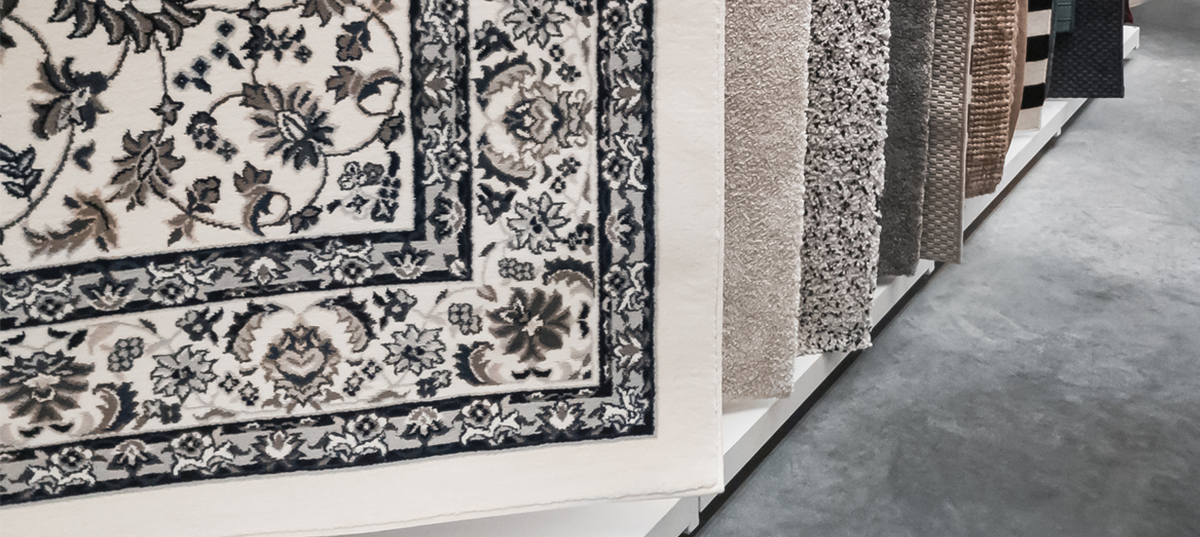Layering Rugs: 5 Reasons to Do It – 5 Steps to Do It Right

October 2023
Layering rugs started as a trend, but it’s stuck. You can place a smaller area rug on top of a larger one or use an area rug on a portion of a room that has wall-to-wall carpeting. But why would you bother and what’s involved?
At Erie Station Village, we love it when residents take pride in their apartments or townhomes and decorate them to fit their personality and style. And we also love to pass on useful décor advice to help you out with that. So, here are 5 reasons to layer rugs and 5 ways to do it well.
Why Layer Rugs?
- Define Zones. Rugs can be used to define different zones or functional areas within a larger space. Layering rugs can help delineate areas for seating, dining, or other activities, making the room feel more organized and purposeful. Layering a rug is almost like putting up a wall that says, “this area is different from that area.”
- Warmth and Comfort. Layering rugs adds an extra layer of warmth and cushiness underfoot. It can be really nice in areas like bedrooms and living rooms where people often walk barefoot or sit on the floor.
- Flexibility. A rug makes a big visual impact in a room, which means you can easily change the look and feel of a space just by layering down a new rug. And when you feel like it’s time for a new look, just get a new rug.
- Protection. Layering a rug over wall-to-wall carpeting can also serve a practical purpose by protecting the underlying floor. This is especially helpful in high traffic areas or if you have kids, in areas where they might tend to be messy when eating or playing.
- Sound Absorption. Rugs help reduce noise and echo in a room, especially in open floor plans with hard surfaces like wood or tile floors. So while one rug can absorb sound, two rugs on top of each other absorbs even more sound.
How to Do it Right
- Begin with a Solid Foundation. Always choose a neutral rug for your base layer. It essentially provides a backdrop or blank canvass upon which you’ll create your masterpiece.
- Consider Size and Proportion. The top rug should be smaller than the base rug. A common rule of thumb is to leave a border of about 12 to 18 inches of the base rug visible on all sides. Maintain a smaller border with smaller rugs and a larger border with larger ones.
- Mix Patterns and Textures. Assuming your base rug is solid or has a subtle pattern, the top rug can is the place to introduce vibrant colors, bold patterns, and deeper textures.
- Harmonize Colors. Choose rugs that complement each other in terms of color. This often means selecting a top rug that shares colors with your furniture or other decor elements. For example, if you have a few blue accent pillows on a tan couch, try to match that blue in the top rug.
- Experiment with Rug Shapes. Don’t feel constrained by rectangular rugs. Experiment with different rug shapes to add interest and break up the monotony. Round or oval rugs can be layered over square or rectangular base rug to create a dynamic contrast. Remember, it’s all about adding visual intrigue.
